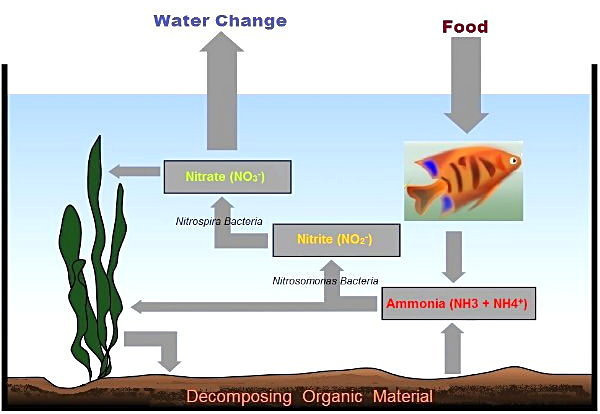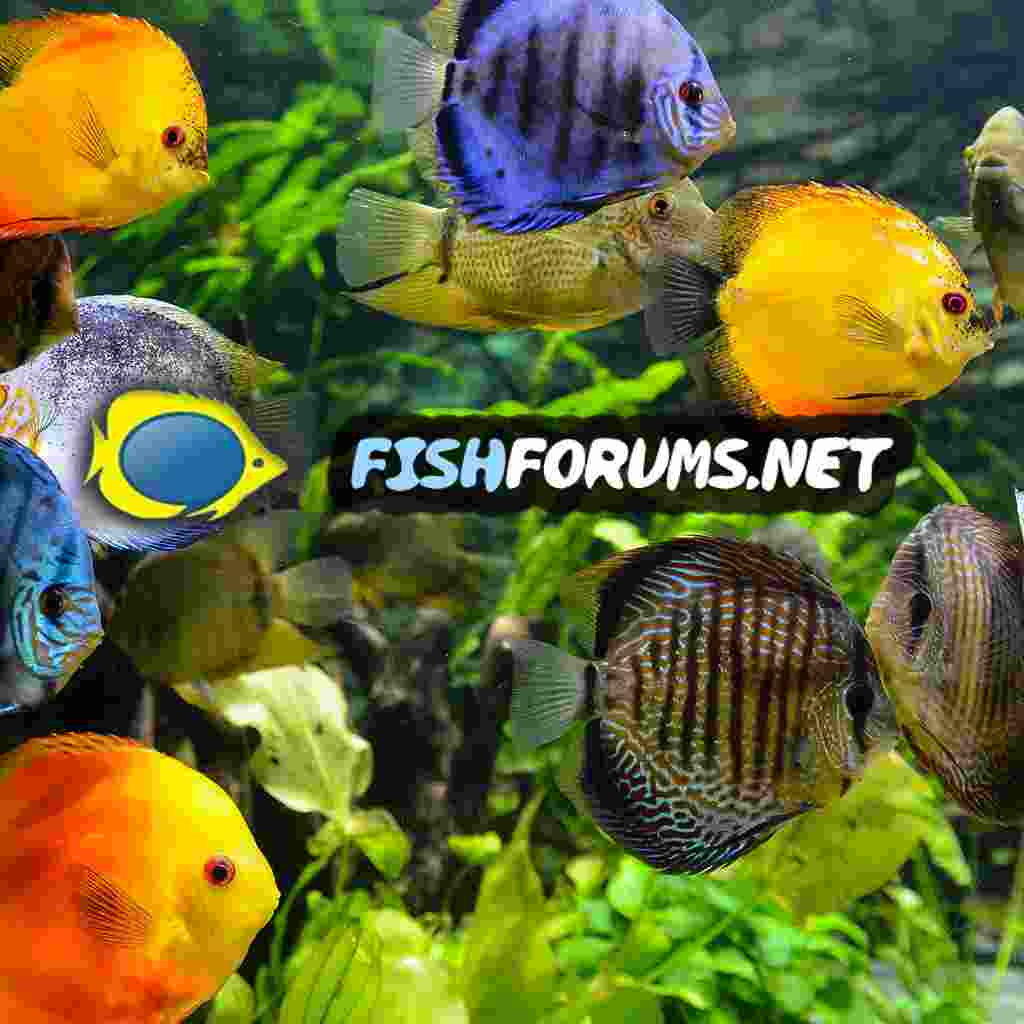I am just seeking some advice on my tank. I am new to the hobby and have purchased a tank which is L 80cm, H 50cm, W 40cm. The tank volume is 142 litre (31 gallons). I am planning on having a sandy bottom with around 5 live plants, and some decorations such as slate, drift wood and ornaments to provide hiding places. The fish I would like to keep is a pair of Bolivian rams, a pair of keyhole cichlids, 5-6 Cory catfish, 3-4 Kuhli loaches, a bristle-nose pleco catfish and possibly some small shoaling fish such as black neon tetra. Firstly I would appreciate advice on if this is feasible to keep these fish together in this size tank? And if so the best process to go through to get this set up? I understand adding water and turning on the heaters and filters 2-3 weeks prior to adding fish is sensible, as well as adding each type of fish 2-3 weeks apart. I have been advised to use seachem prime to add to water prior to adding it to the tank, and to add small quantities of food for the time before fish are added to increase algae growth.
Any advice would be massively appreciated!
Thanks
Any advice would be massively appreciated!
Thanks




